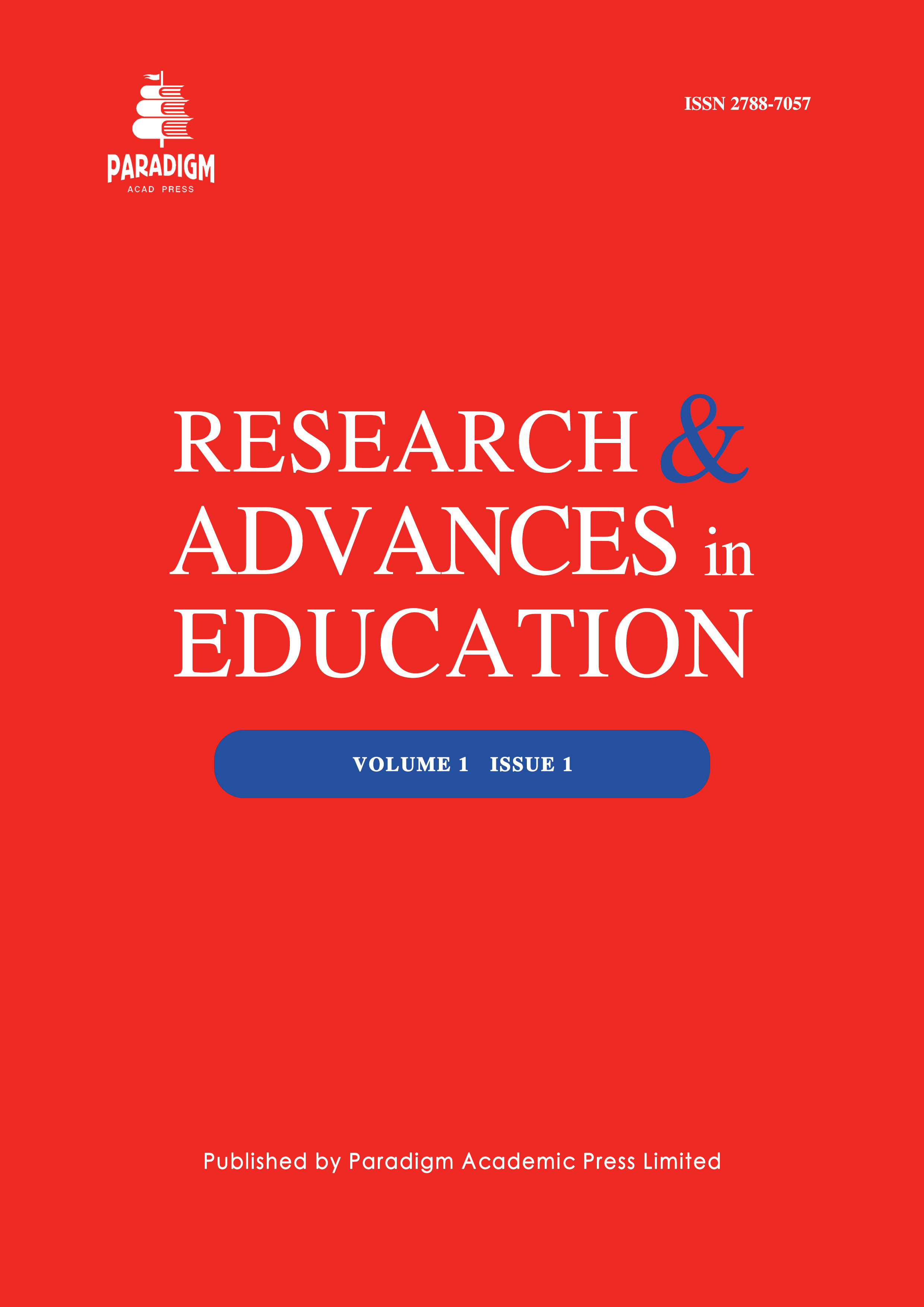Community-Engaged Education Policies and Their Impact on Urban-Rural Educational Equity in Peru
Keywords:
community-engaged education, bilingual and intercultural education, school-based management, educational equityAbstract
Educational disparities between urban and rural areas in Peru remain a persistent challenge, limiting equitable access to quality education and reinforcing socio-economic inequalities. Rural schools face severe deficits in infrastructure, teacher availability, digital access, and curriculum relevance, particularly for indigenous students. In response, community-engaged education policies — such as the Bilingual and Intercultural Education (BIE) program, School-Based Management (SBM) models, rural teacher incentive programs, and digital learning initiatives like Aprendo en Casa — have been implemented to address these challenges. This paper examines the impact of these policies on urban-rural educational equity by analyzing key indicators, including literacy rates, student retention, teacher distribution, and digital inclusion. The findings indicate that while community-driven policies have narrowed the literacy gap, improved school governance, and increased student engagement, significant challenges persist, particularly in teacher retention, infrastructure investment, and digital access. The study emphasizes the need for sustained government investment, expansion of bilingual education, improvements in school facilities, and broader digital connectivity to achieve long-term educational equity. Strengthening multi-stakeholder collaborations among government agencies, local communities, private sector entities, and non-profit organizations will be crucial in closing the remaining educational gaps.


